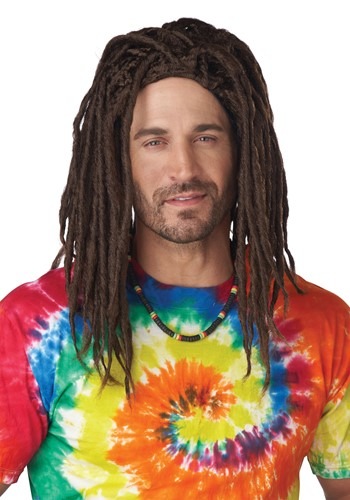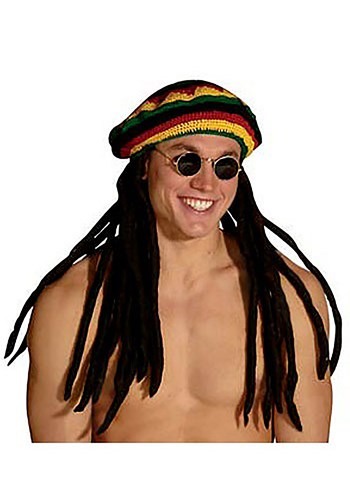Bob Marley Costume for Halloween
How to Make Bob Marley Costume
| # | Item | Description |
|---|---|---|
| 1 | Tie Dye Shirt | Bob Marley is often depicted as somewhat of a free spirit, so a tie-dye shirt isn’t a far choice for a top. |
| 2 | Flowy Pants | Add more touches of free-spiritedness with a pair of flowy pants. |
| 3 | Dreadlocks Wig | Bob Marley is most known for his iconic dreadlocks. Wear a wig if you must. |
| 4 | Yellow-Tinted Round Glasses | During the 1970s and 1980s, round tinted glasses were a hit, and you can add that to your Bob Marley costume. |
| 5 | Fake Cigar | Bob Marley is a known advocated for the legalization of marijuana, so you can also add a fake cigar to your costume. |
Similar Items
Bob Marley is considered one of the pioneers in reggae music, and his contribution to music and global popularity provided Jamaican music the stage for worldwide recognition. He was a singer and songwriter who blended reggae, ska, and rocksteady to create his own distinct sound.
Today, Bob Marley’s look is most known for his iconic dreadlocks. He is also usually depicted wearing tie-dye shirts with the colors red, yellow, and green. Here’s everything you need to look like Bob Marley.
About Bob Marley
Bob Marley was born as Roberta Nesta Marley on February 6, 1945 in British Jamaica. He started his musical career in 1963 with the formation of the group, Bob Marley & the Wailers.
Marley began his musical journey in the late 1950s and early 1960s as a member of various bands before forming the group “Bob Marley & The Wailers” with Peter Tosh and Bunny Wailer. They gained international recognition with hits like “No Woman No Cry,” “Redemption Song,” “Three Little Birds,” and “Buffalo Soldier.” Their music combined elements of reggae, ska, rocksteady, and traditional Jamaican folk music.
Marley’s lyrics often focused on themes such as overcoming oppression, societal issues, African liberation movements, poverty alleviation, peace, and Rastafarian beliefs. His songs were deeply rooted in his personal experiences and reflected the struggles faced by marginalized communities.
Beyond his musical talent, Bob Marley was known for championing social change. He used his platform to advocate for equal rights and an end to discrimination against people of African descent. Marley’s commitment to social justice was exemplified by his involvement in political movements in Jamaica.
Marley embraced Rastafarianism—a religious movement that emerged in Jamaica—and incorporated its teachings into his music and lifestyle. His dreadlocks became an iconic symbol associated with both reggae culture and Rastafarianism.
Tragically, at the height of his career in 1981 at the age of 36, Bob Marley passed away from cancer. However, his legacy lives on through his timeless music that continues to inspire generations globally.
Posthumously, Bob Marley has become an enduring cultural icon and a symbol of unity across diverse communities. His songs are heard at rallies, protests, and celebrations of love and freedom around the world.
In recognition of his contributions to music and cultural impact, Bob Marley was posthumously inducted into the Rock and Roll Hall of Fame in 1994. He continues to be celebrated as one of the greatest musicians of all time, with his music remaining a significant influence on artists across genres.
Bob Marley’s music transcends boundaries—geographical, cultural, and generational—and remains relevant today. His messages of love, peace, and social justice continue to resonate with people worldwide, making him an enduring icon in the history of popular music.
Check out these sites to read more about Bob Marley:








